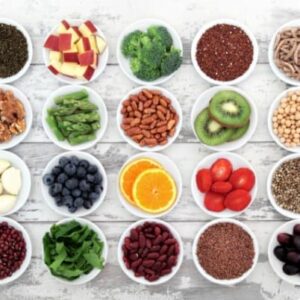What Makes a Food Heart Healthy?
There are several factors involved in keeping your heart healthy; exercise, stress management, getting enough quality sleep, and a good diet. A good diet doesn’t just mean cutting back on junk food and limiting the amount of saturated and trans fats you’re consuming; it also means making sure you’re eating enough heart-healthy foods regularly.
So many “heart-healthy†diets focus on what you can’t eat, which can make eating healthy seem intimidating and unsustainable. A sustainable and empowering diet focuses on what you can eat. The key is to plan your diet around foods that are as close to their natural form as possible. Unsaturated (unprocessed) fats, like those found in nuts, help to maintain low levels of LDL (bad) cholesterol. The less modified a food is, the more heart-healthy nutrients it contains.
The good news is that there are lots of whole, plant-based foods out there that will keep your heart beating a happy (and healthy!) beat. And they’re delicious too!
Ready to learn more?
Leafy Greens
A salad a day helps to keep heart disease away.
New studies have shown that leafy green vegetables such as kale, spinach, and bok choy have lots of vitamin K, an important player in blood coagulation. Low levels of vitamin K may affect the structure of the heart, leading to a dangerous condition called left ventricular hypertrophy (LVH).
Leafy greens also contain nitrates which dilate (widen and relax) arteries and veins in the heart and throughout your body. When the arteries are dilated, blood flow is improved which reduces stress on the heart. Eating one cup of raw, nitrate-rich leafy greens a day can significantly lower blood pressure, decreasing the risk of stroke, heart failure, and heart attack.
If you’re a morning smoothie person, an easy way to get your daily dose of leafy greens is by adding a cup of raw kale or spinach to your smoothie. The leaves and stalks of bok choy can be diced up and thrown in a stir fry alongside other veggies. Broccoli leaves (and crowns) steam in less than 5 minutes and with a little salt and pepper, makes a heart-healthy addition to any meal.
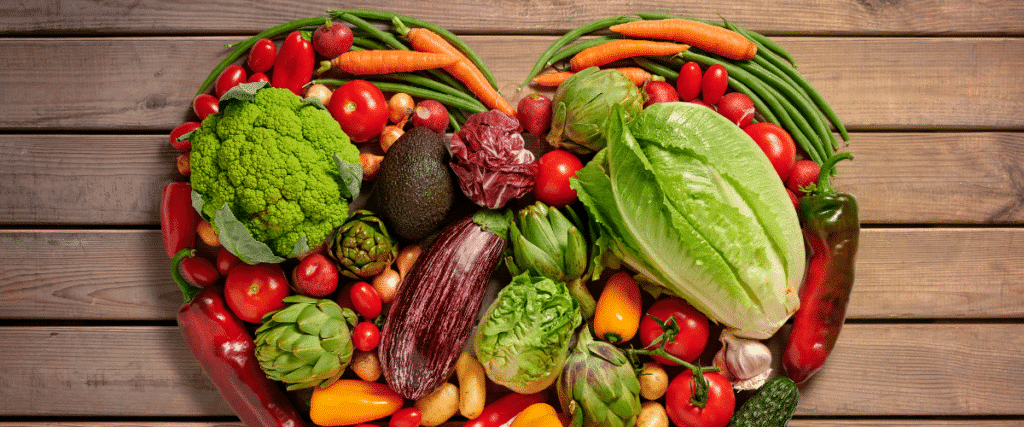
Oats
A bowl of oatmeal is highly satiating, meaning it will fill you up for hours, keep you from snacking, and help stabilize blood sugar levels. High blood sugar levels can damage blood vessels and nerves that control the function of the heart, so keeping your blood sugar levels constant is vital to a healthy heart.
The beta-glucan fiber in oatmeal lowers bad cholesterol and increases the release of cholesterol-rich bile which lowers the levels of cholesterol moving through your blood. Â
While a warm, cozy bowl of oatmeal, jazzed up with nuts, seeds, and fruits, is one of the simplest and most popular ways to consume oats, you don’t have to stop there. If you’re baking, you can swap out 1/3 of wheat flour with oat flour. It’s easy to make your own oat flour! Simply grind the oats in a food processor until they’re the consistency of flour. Oats don’t contain gluten, so you may need to increase the amount of baking powder or leavening agent used.
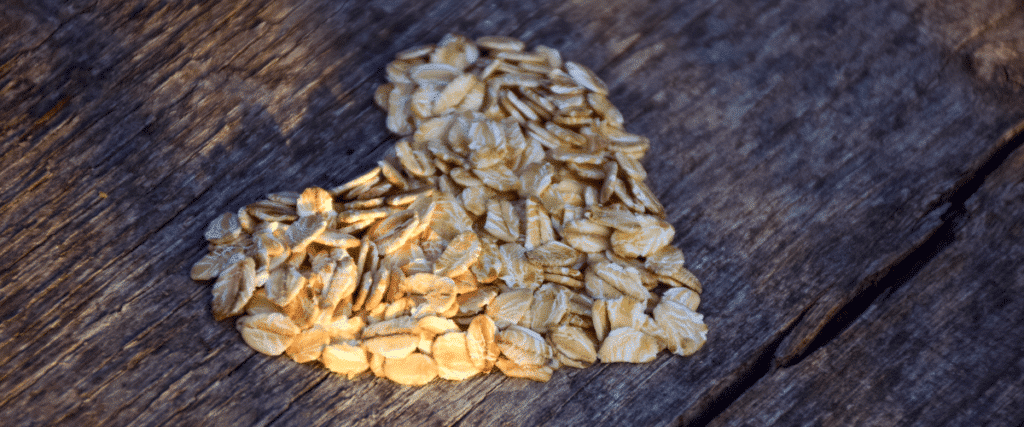
Brown Rice
Unlike white rice, brown rice is considered a whole grain because its bran and germ are intact. Whole grains have been linked to a lowered risk of cardiovascular disease. High levels of magnesium in brown rice transport potassium and sodium through cell membranes and help heart muscles to relax, all of which aid the heart in keeping a steady rhythm.
Dietary fiber in brown rice lowers the risk of clogged arteries and lignans (a fiber compound). It has also been shown to lower bad cholesterol and blood pressure as well as decrease artery stiffness.
Brown rice can be cooked with a 1:3 rice-to-water ratio on the stovetop or in a rice cooker. Serve the brown rice as the base of a variety of bowls that include different veggies, plant-based protein, and dressings or sauces.
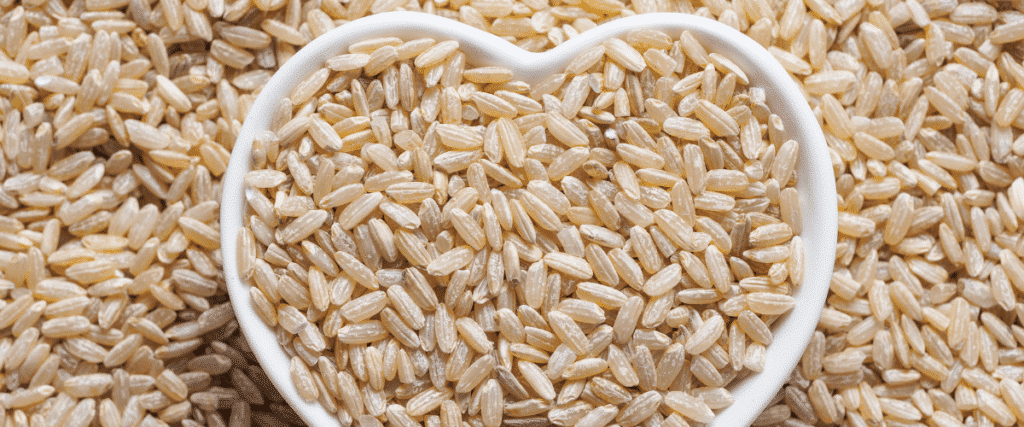
Walnuts
Eating a small handful of walnuts every day may lower your bad cholesterol and protect against artery inflammation. Walnuts are packed with monounsaturated (healthy) fats, omega-3 fatty acids, and fiber. Replace cookies and chips, which contain unhealthy saturated fats, with walnuts to lower bad cholesterol and increase the amount of good cholesterol in the body.
Throw a handful of walnuts on your leafy green salad or try this easy, creamy walnut dressing:
1 cup walnuts, raw or toasted
2 tbsp soy or tamari
1 tbsp lemon juice
2-3 clove garlic, grated
½ tbsp. nutritional yeast or 2 tsp white miso paste
¼ cup water
Â
Blend ingredients in a high-speed blender until smooth.
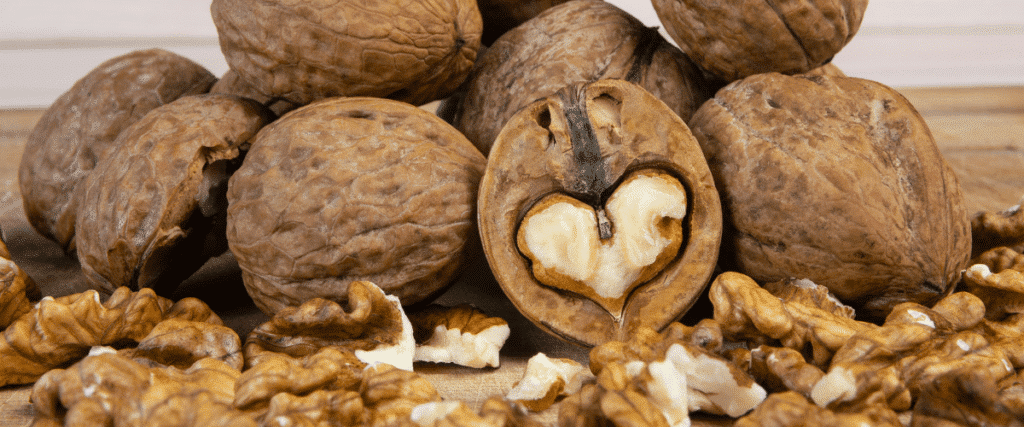
Â
Lentils
Lentils are rich in fiber, folate, and potassium which are all linked to managing blood pressure and cholesterol. The high iron and vitamin B1 content in lentils help to maintain a steady and healthy heartbeat.
Folate supports the formation of red blood cells, potassium helps neutralize the bad effects of sodium, and fiber reduces blood pressure and inflammation. Lentils are also a great source of protein and a kinder, sustainable alternative to red meat.
Lentils are easy to cook. Unlike many other types of legumes, they don’t need to be soaked and can be cooked in under 30 minutes. Lentils can either be cooked on the stove or in a rice cooker, using a 1:3 ratio of lentils to water.
Canned lentils are already cooked, which can decrease prep time. Canned lentils have the same nutritional content as dry lentils, but be sure to choose lentils in spring water rather than brine.
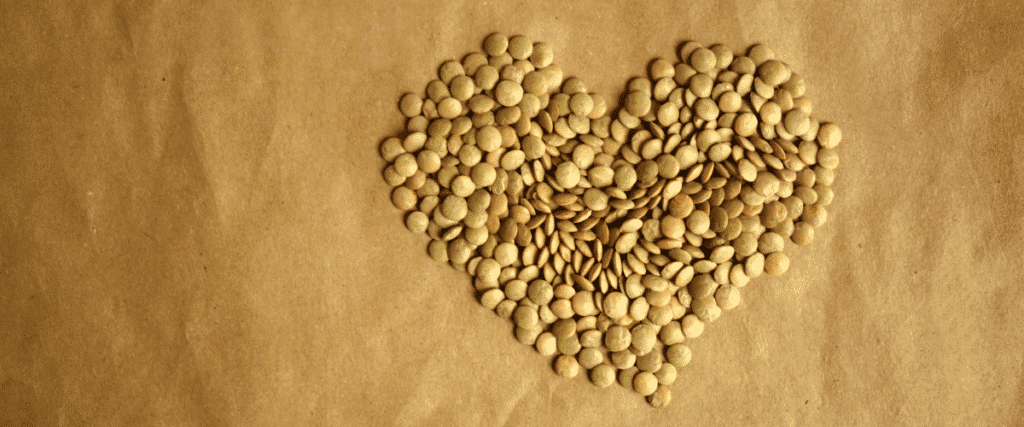
Chickpeas
Chickpeas are cholesterol-free and very low in sodium. They’re also a good source of polyunsaturated fats which can help to lower bad cholesterol and raise good cholesterol. The soluble fiber in chickpeas helps to remove plaque from arteries, increasing healthy blood flow and reducing stress on the heart.
The antioxidants in chickpeas protect against heart disease, while folate counteracts homocysteine, an amino acid that helps in the formation of blood clots.
Like lentils, chickpeas can be bought dried or canned. Unless you’ve got a pressure cooker available, dried chickpeas should be soaked before cooking. Soak the chickpeas (in plenty of water since they’re extremely absorbent) with baking soda for 8-12 hours. If you’re pressed for time, chickpeas can be quick-soaked; just boil them in water for 1 minute, turn off the heat, and let them soak for one hour.
With just a few added ingredients including tahini, garlic, and olive oil, chickpeas can be turned into hummus to be paired with fresh veggies or used as an alternative to cream cheese on a toasted bagel. Chickpeas are also delicious as the main ingredient in curries and dahl, and they can be roasted until crispy and added to salads for a delightful crunch.
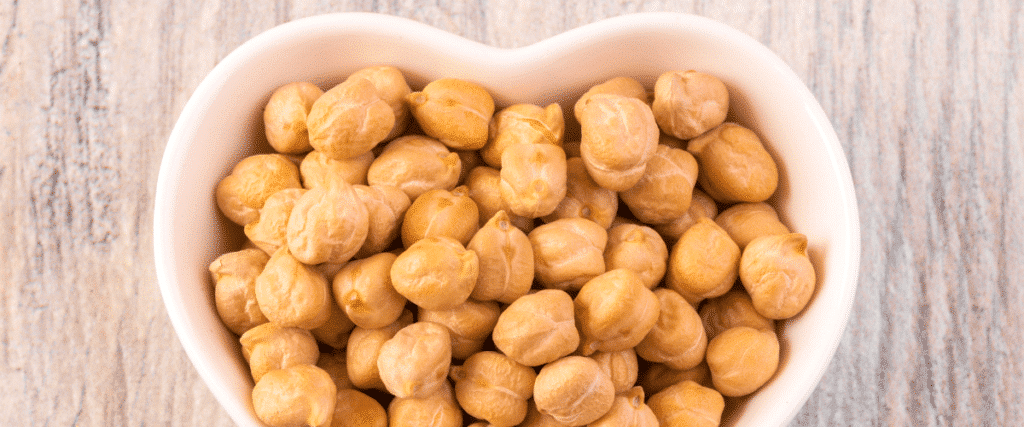
Avocados
Avocados are an extremely nutrient-dense fruit. They contain dietary fiber, minerals, and healthy fats, all of which have been shown to improve cholesterol and blood pressure. Potassium and magnesium in avocados support muscle function, including the heart muscle.
Avocadoes are one of the most caloric fruits (that’s right, they are technically fruits not vegetables). But don’t let that dissuade you from enjoying them every day! One avocado contains 234 calories, is full of fiber and healthy fats, and will keep you from snacking and consuming less healthy calories later.
One of the best ways to eat avocadoes is as a substitute for animal-based fat. Instead of spreading butter on your toast, use mashed avocado. Just this substitution alone has been associated with a 16 to 22 percent drop in heart disease risk. Top your avocado toast with a bit of hummus and some walnuts for a heart-healthy and delicious snack.
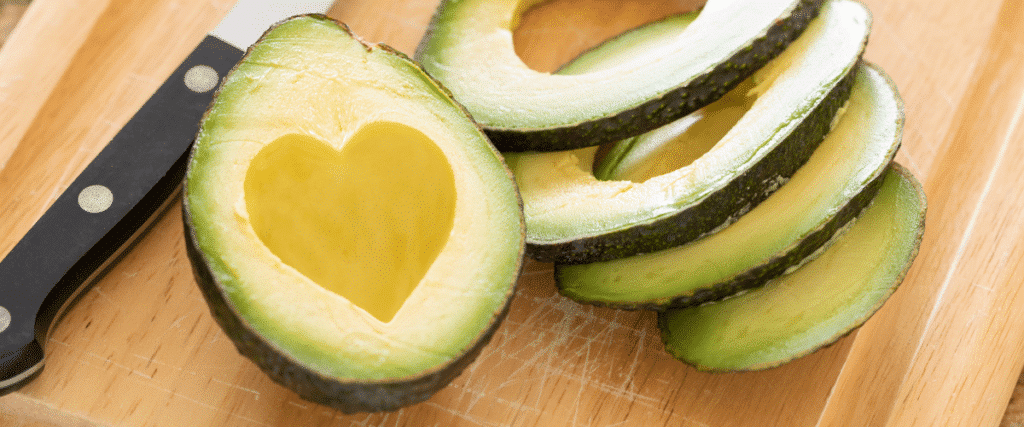
The Takeaway
No one is saying you can’t indulge now and then. A cookie or a handful of potato chips won’t destroy your heart-healthy diet. What’s important is that you eat heart-healthy foods most of the time.
Incorporate the foods on this list into your diet and you’ll see that heart-healthy eating is not only possible but enjoyable as well!
